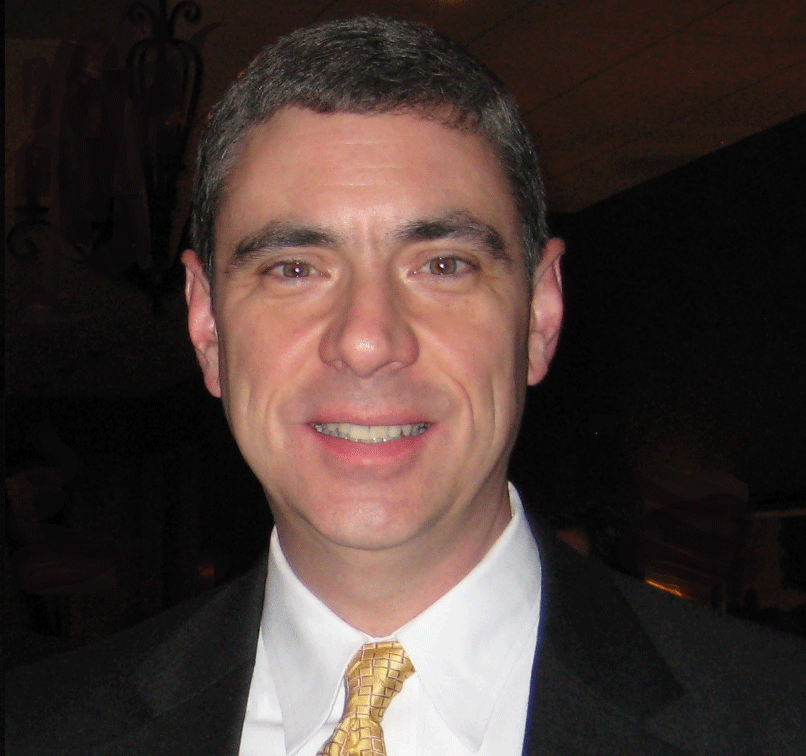 George Land, Business Director, Nexia Home Intelligence at Ingersoll Rand, provides industry insights for his upcoming CONNECTIONS speaking engagement:
George Land, Business Director, Nexia Home Intelligence at Ingersoll Rand, provides industry insights for his upcoming CONNECTIONS speaking engagement:
What is the most important next step to engage consumers in smart home solutions, connected entertainment services, and/or value-added services like tech support and connected health?
Right now, many people consider a smart home as a novelty or luxury item rather than a stable, viable lifestyle upgrade that helps make their home more efficient and ultimately saves them money. Many people I talk to say that they didn’t really understand how significantly a smart home would change their life until they had lived in it for a while – and then they say they would never go back. It’s often little things like being able to check on your kids with a wireless camera, giving the neighbor a one-time lock code so they can water your plants or being able to adjust the thermostat from anywhere in the world. Engaging people at the mass market requires us to help demonstrate how much more seamless and efficient today’s smart homes are and that the technology is proven and sustainable rather than experimental. It’s also crucial to distinguish between connected devices and truly smart home automation systems that bring all the various devices in a home under a single unified umbrella that can be controlled and managed from a single app.
What is the biggest challenge your company faces in 2015?
Consumers are naturally wary that smart home technology is experimental or will quickly become obsolete. We are so used to upgrading our phones every couple of years that many people naturally think all technology will need to be replaced on that kind of cycle. But good smart home systems are flexible and designed to grow as technology advances. It’s important for people to understand that a company like ours has been in the smart home space since before the first iPhone was introduced – so this is not new or untested technology. We’ve spent a lot of time, money and brainpower developing systems that are adaptable and secure so they grow with a family’s life in a home.
What is the biggest driver for the connected consumer market?
For the smart home right now, security and convenience are crucial. People want to be able to check on their homes when they’re away and make the home looked lived in with automatic light settings. They also want to avoid that moment that we’ve all experienced where you get to the office and wonder whether you remembered to shut the garage door or turn the coffee pot off. It’s those little things that add up and give people peace of mind that the home is taking care of itself even when they’re not around.
What are the most important initiatives your company is taking in 2015?
As we expand beyond the early adopters, the setup and configuration process has to be simple and intuitive. We have adopted one-click setup for many or our products and revamped our mobile app to make programming automations or connecting devices even easier. Our goal is to achieve true plug-and-play interoperability across technology platforms. This year we are also introducing location-based geo-fencing features that allow a homeowner to “wake up” their home when they are a certain distance away – say when they are a mile away at the end of the day so the home adjusts the thermostat, turns on the kitchen light and opens the blinds.
Describe your vision for the smart home and entertainment markets in 2020.
By 2020, just five years from now, we will see a lot more connected devices in the home. People are already adopting one-off devices that call themselves “smart,” but there’s a limit to how many of those people will tolerate if they all need to be controlled separately from separate apps. That’s making things more complicated, not simpler. Everyone in the space has to move toward a common framework and way from proprietary systems as consumers demand the ability to manage many devices from many manufacturers and retailers from a single app. Everything will talk to every other thing and even provide real-time feedback; for example, our heating and air-conditioning systems can already send diagnostic data remotely to maintenance teams so they can alert homeowners to maintenance issues well before they become costly repairs. That’s the kind of differentiator that makes a home truly smart and makes the system indispensable.
George Land will be speaking on the panel “Internet of Things: Innovations and New Value Propositions” at 1:15 PM during CONNECTIONS in San Francisco, CA, May 19, 2015. He will be joined by other company representatives from Hewlett Packard, Kwikset, LG Electronics USA, Prodea, and Qualcomm Atheros.
For more information on CONNECTIONS speakers, sessions, or topics, visit www.connectionsus.com. Registration is still open!

